If your HVAC system is no longer delivering the desired heating or cooling, it may be time for an upgrade. Replacing your HVAC system involves several important steps, and understanding the entire process is crucial. This HVAC replacement guide will walk you through everything you need to know to make an informed decision about upgrading your system.
Table of Contents
Understanding HVAC Systems
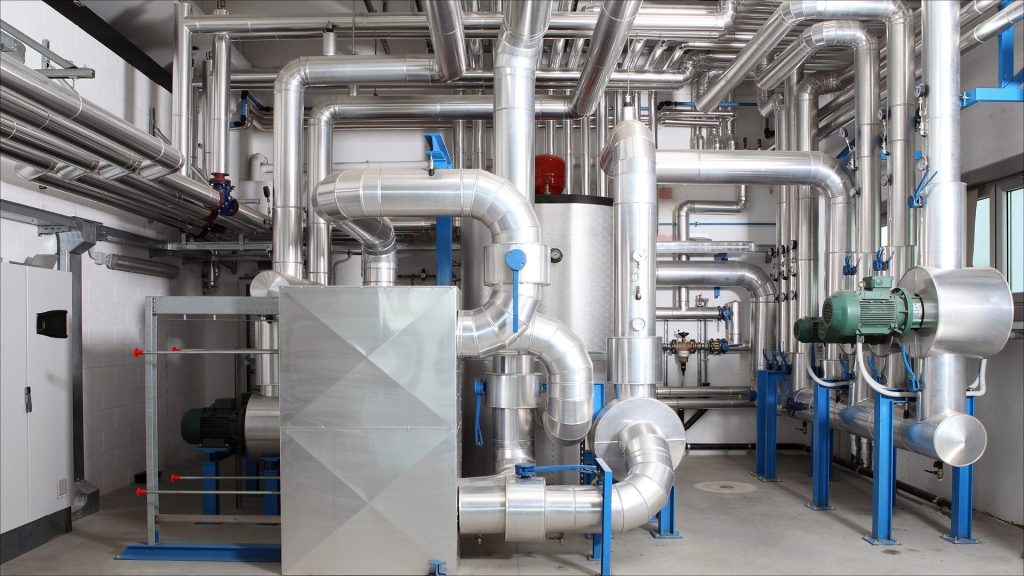
HVAC Replacement therefore is a process that involves the replacement of current heating, ventilation, and cooling (HVAC) equipment with a new one. It can mean replacing one or more of the components, or the entire system. It is often carried out when the repair is costly, ineffective, or if the system performance level has reduced greatly due to its age or deterioration.
Components of HVAC Systems
Heating and cooling systems include furnaces or heat pumps, air conditioners, ducts and circuits, thermostats, and purifiers for air. These parts have control over the temperature, moisture, and air quality of the home.
Signs It’s Time for an HVAC Replacement
Do you know when you need a new HVAC installed? Below are some obvious indicators that you need to consider when upgrading your system.
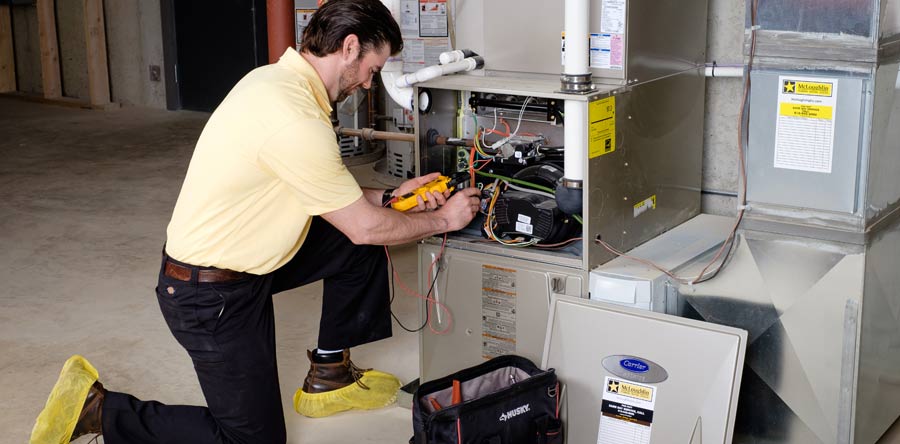
- Age of Your System
HVAC usually has a lifespan of between 10-15 years depending on usage and service. If yours is in this bracket, it is perhaps time to consider a new one.
- Rising Energy Bills
If you experience a hike in your energy bills, then it may be a result of a decreasing efficiency of the HVAC system.
- Frequent Repairs
Repairs can be a big clue. If you are constantly hiring HVAC repair techs then it is much less expensive to just replace your unit.
Benefits of Replacing Your HVAC System
When changing an HVAC system it may seem like one is making a big investment but the gains are worth it. Below are some benefits that require one to make the upgrade.
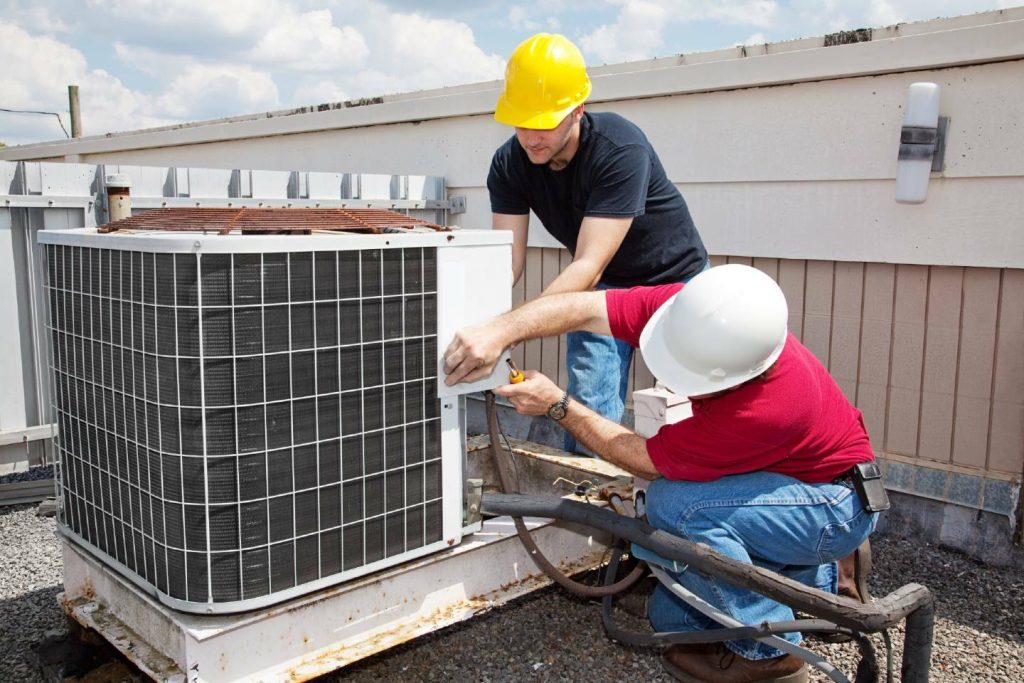
Improved Energy Efficiency
Existing systems for heating, ventilation, and air conditioning are trendy, and efficient as compared to conventional systems. New systems can cut energy consumption costs between 20-30% due to technical progress and better materials.
Enhanced Comfort
Comfort can be improved by the simple installation of new systems having unique temperature control, airflow, and humidity control, to help you be comfortable no matter what the weather.
Cost Savings
Apart from the costs of energy bills, a new HVAC reduces the costs incurred on repairs. With all the money you are going to save in the process, it might even pay for itself in the long run.
HVAC Replacement Services
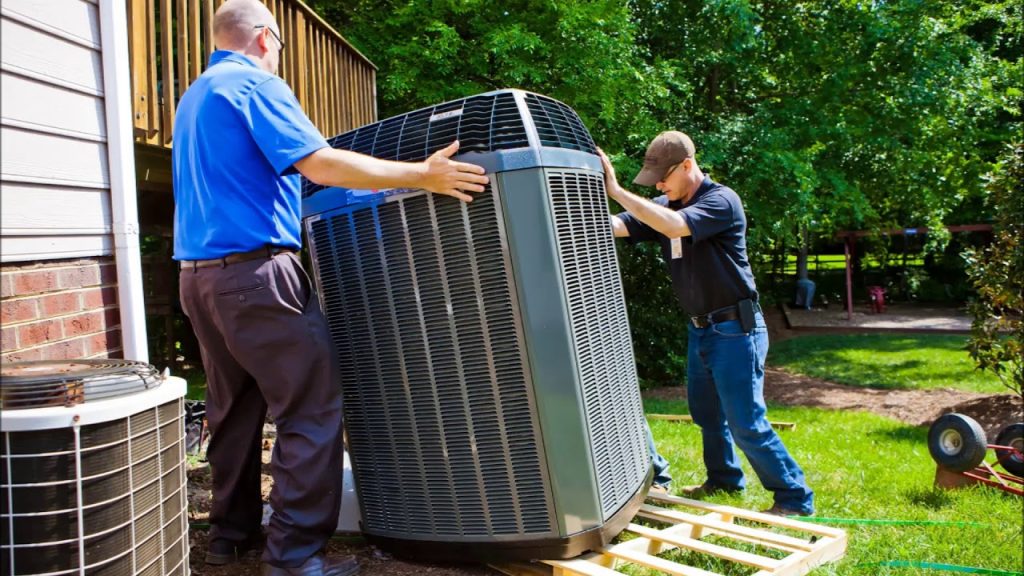
Central Air Conditioning Replacement
Systems that have been installed for more than a decade tend to be less efficient compared to most systems present in buildings today and therefore it costs more to operate. Replacing the existing model with a newer one with a better efficiency level may result in the reduction of the cost by 20% to 40% and aligned with other energy-efficient practices, it could go further than that. Newer models of AC units provide better general control and the quality of the air inside a house because modern appliances filter the air and remove excessive moisture, which makes the atmosphere quite comfy.
Furnace Replacement Services
Furnace replacement services are among the most important services for ensuring that a home has a reliable, efficient, and safest means of heating. Switching to a fresh model of the heating system pays less for fuel, reduces pollution, and increases safety overall.
Heat Pump Replacement
Heat pump replacement services are mainly concerned with the act of upgrading or replacement of existing heat pumps, to enhance efficiency, reduce the price of energy to be utilized, and enhance the overall comfort of the homes or any other commercial building that requires such a system. That is why the replacement of an outdated and energy-inefficient heat pump with a modern model is especially effective since the most modern heat pump copes with heating and can provide up to four times more heat output than the power consumed.
Ductless HVAC System Replacement
Ductless HVAC replacement services are vital for any homeowner planning to install efficient heating and cooling units where ductwork is unavailable. With improving technology, such systems as ductless mini splits come with the following benefits; significant energy savings of up to 30%, better indoor air quality, and they are virtually silent making them suitable to retrofit old buildings or new constructions.
Thermostat Upgrade and Replacement
A thermostat upgrade is a simple and efficient way to improve both the climate in your house and its efficiency. Age is generally a good indicator; thermostats should be replaced at least every 10 years depending on their brand and use.
Air Duct Replacement
Duct replacement is especially required every time the current ducts start being annoying. Possible problems with the old ducts include poor air quality and uneven heating or cooling. It may also be time for a replacement if a facet is visible, severely rusted, showing mold, or has major air leaks.
The HVAC Replacement Process
The replacement of an HVAC system is an operation that normally lasts a day or two. Understanding what decisions you will need to make will also ease the process because you will know what to expect.
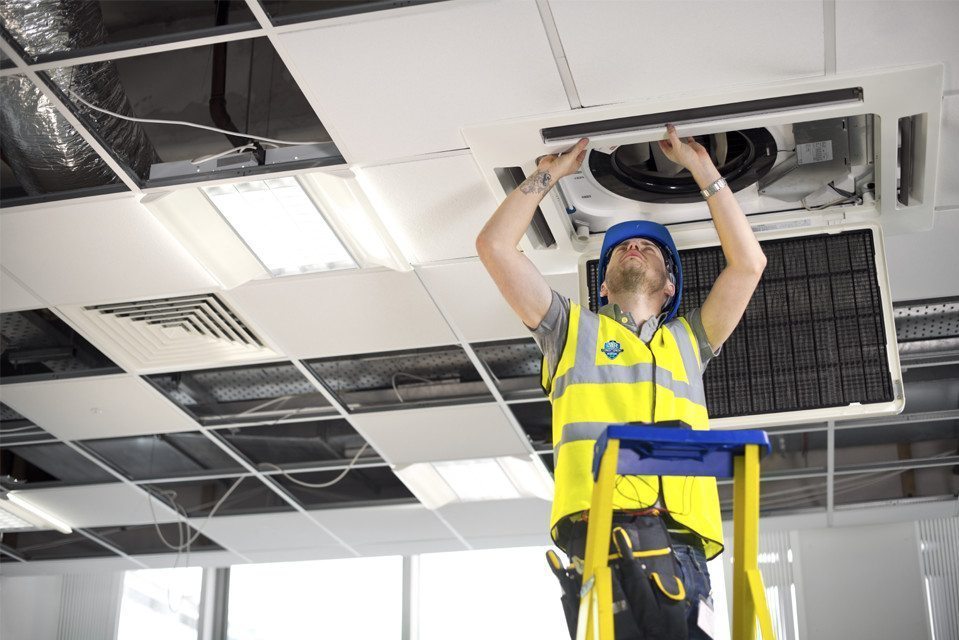
Initial Assessment
Your contractor will also measure the existing system, consider the requirements of your home, and make necessary calculations. This goes a long way in making sure that the new system will be right for your space.
Removing the Old System
After you decide what new system you would like, the contractor will first have to come and take out the old one. Depending on the size of the system and any modifications required to the ductwork, this phase can take three or four hours.
Installing the New System
They include the actual installation of the new unit, connecting electrical and ductwork, and checking on the alignment of all components before use.
Final Testing and System Checks
Once the installation is complete, your contractor will check whether the system is running efficiently or not. This entails an assessment of the ventilation systems, readjustment of thermometers, and ensuring all the commodities meet their respective quality.
Conclusion
In conclusion, this HVAC replacement guide has equipped you with the essential knowledge to make informed decisions about replacing or upgrading your HVAC system. By following the step-by-step process, you can enhance the efficiency, comfort, and longevity of your system while potentially lowering energy costs. Whether you’re in need of an HVAC replacement or simply considering an upgrade, ensuring the right system and proper HVAC installation will provide long-term benefits for your home or business. Take the next step in improving your indoor climate by consulting with HVAC professionals for tailored advice and installation.

Fidel Hensen
Welcome to my blog! With over a decade of writing experience, I specialize in creating engaging and insightful content across diverse niches. My journey has included collaborating with platforms like Redzer Service, where I’ve honed my skills in crafting high-quality, reader-focused articles. From lifestyle to technology and beyond, I aim to deliver valuable insights, practical tips, and the latest trends. Dive in and explore a world of informative and inspiring content tailored just for you!